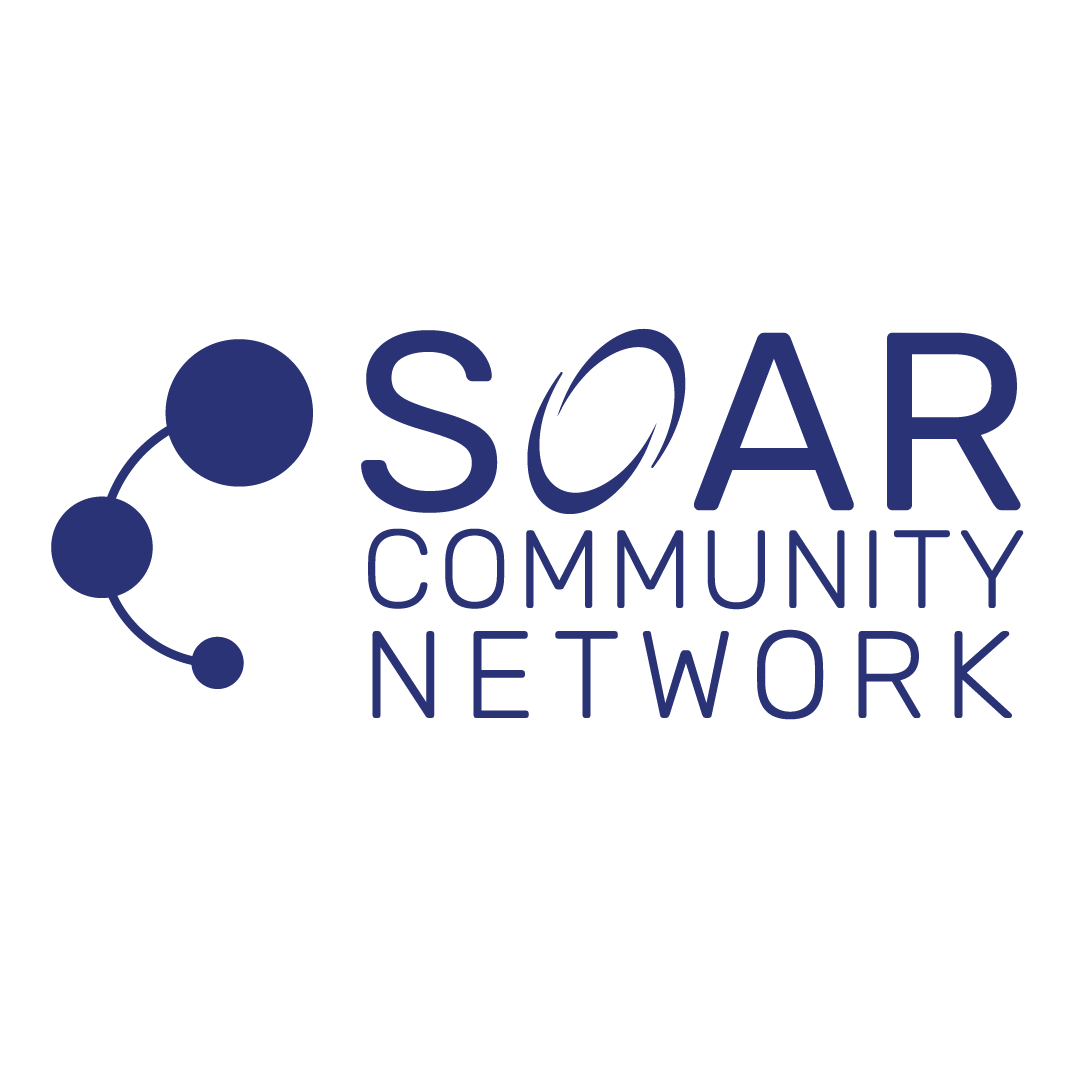Introduction
Many organizations build strategies based on market trends, budget goals, or customer demands but overlook the most critical driver of execution: people.
When leadership, culture, and strategy are not aligned, organizations face friction that slows execution and weakens results. Teams may lack clarity on priorities. Departments may operate in silos. And leaders may unintentionally make decisions that contradict the organization’s values or people’s natural strengths.
Strategic plans can look great on paper. But without the right structure and people alignment, they often stay stuck in slides and spreadsheets.
Solution
To turn strategic vision into real progress, organizations must connect purpose, people, and execution. That begins with understanding who you are at the core, how your people are wired to succeed, and what goals you are trying to achieve.
At SOAR, we use Purpose Mapping and behavioral tools to guide leadership teams through:
- Reflecting on shared values, mission, and long-term vision
- Identifying team and organizational behavioral profiles
- Aligning natural strengths with specific strategic objectives
- Uncovering areas of friction, miscommunication, or gaps in support
- Designing a talent strategy that supports clear decision-making and role clarity
This approach makes strategy human. It helps leaders understand how to activate plans through aligned behaviors, consistent leadership practices, and team cohesion.
Action
if you are building or revisiting your strategic plan, here are steps to align it with your people:
- Start with a Purpose Mapping Session: Bring leadership together to reconnect with your core values, mission, and vision. Use this foundation to guide decision-making and ensure the strategy reflects your organization’s identity.
- Assess Behavioral Alignment: Use tools available on our C3 Tools page to evaluate how your current team dynamics align with strategic needs. Look at team strengths, caution areas, and potential communication breakdowns.
- Facilitate Strategic Planning With People in Mind: When setting goals, clarify what behaviors and capabilities are required to achieve them. Then identify whether your team is equipped or needs support to meet those demands.
- Build a Talent Optimization Plan: Design a people strategy that supports your business goals. This includes hiring, development, team structure, and culture-building initiatives that reinforce the direction you’re moving toward.
- Hold Quarterly Alignment Reviews: Strategy is not one-and-done. Create time for leaders to reflect on progress, recalibrate goals, and realign behaviors based on what is working and where adjustments are needed.
Conclusion
A powerful strategy is not just about where you are going—it is about how you get there and who you bring with you. When leadership, purpose, and people align, execution becomes smoother, faster, and more meaningful.
This is the heart of our C3 Framework, which helps organizations build compassionate, cohesive, and collaborative cultures with strategy and purpose at the center.
To explore how Purpose Mapping and team alignment tools can support your next strategic plan, visit our Purpose page.

